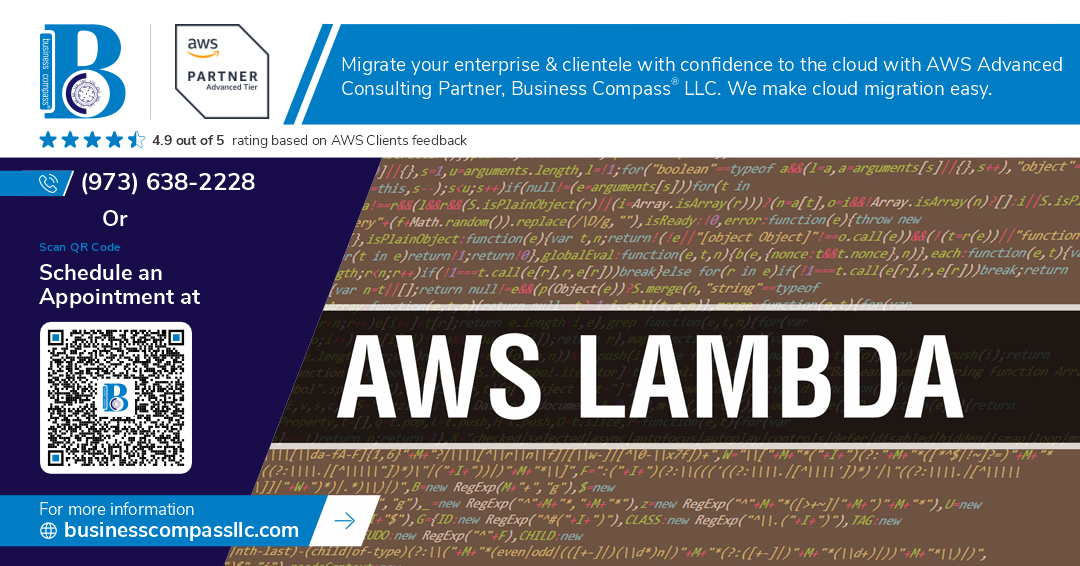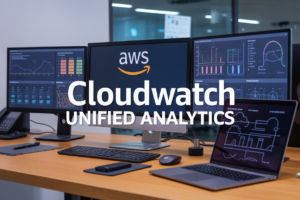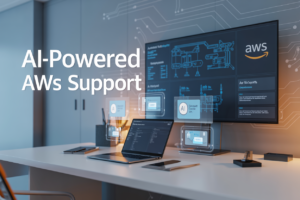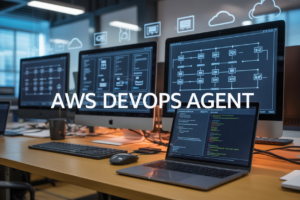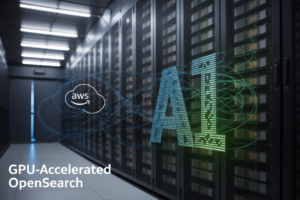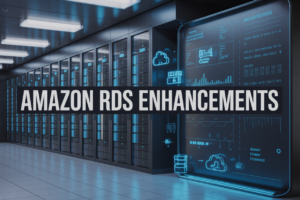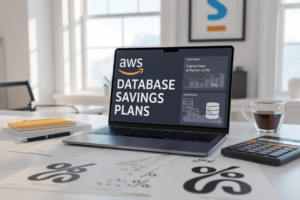Ever found yourself staring at your Lambda function like it’s a prisoner? Locked away in your VPC, unable to reach the outside world? Don’t worry, you’re not alone.
Connecting AWS Lambda to the internet when it’s inside a VPC is one of those things that seems simple but trips up even experienced cloud architects. The problem isn’t complex, but the solution requires understanding how VPC networking actually works.
In this guide, I’ll walk you through configuring NAT gateways for your Lambda functions in VPCs, so they can access external resources while maintaining your security posture. No more mysterious timeouts or connection errors.
But before we dive into the solution, there’s something about AWS’s default Lambda behavior that might surprise you – and it explains why you’re having this problem in the first place.
Understanding AWS Lambda and VPC Basics
A. What is AWS Lambda and why use it
AWS Lambda is a serverless compute service that runs your code without you managing servers. It’s like having a robot that wakes up when needed, does its job, then goes back to sleep – and you only pay for its active time. Perfect for event-driven applications where traffic fluctuates.
Setting Up Your Lambda in a VPC
A. Choosing the right VPC configuration
Your Lambda needs a home that won’t leave it stranded. Pick a VPC with at least two Availability Zones for redundancy. Don’t cram your Lambda into an already-crowded VPC – network contention kills performance. And remember, once your Lambda’s in a VPC, it loses internet access unless you set up proper routes.
Internet Connectivity Options for Lambda in VPC
Internet Connectivity Options for Lambda in VPC
A. NAT Gateway approach: implementation and benefits
Ever tried connecting your Lambda to the internet from inside a VPC? NAT Gateways are your go-to solution. Just place your Lambda in a private subnet, set up a NAT in a public subnet, and boom – your function can make outbound calls while staying secure from inbound traffic. Worth every penny for production workloads that need rock-solid reliability.
Implementing a NAT Gateway Solution
Implementing a NAT Gateway Solution
A. Step-by-step NAT Gateway setup
Ever tried getting your Lambda to talk to the internet from inside a VPC? It’s like being stuck in a room with no doors. NAT Gateways are your exit strategy. Simply head to the VPC console, select “NAT Gateways,” click “Create,” assign it to a public subnet, and attach an Elastic IP. Boom – your Lambda now has a path to the outside world.
Alternative Approaches to Lambda Internet Access
Alternative Approaches to Lambda Internet Access
A. When to use AWS PrivateLink
PrivateLink shines when you need private connections to AWS services without using the public internet. Perfect for strict compliance requirements or when you’re handling sensitive data that should never touch public networks. It’s pricier than NAT gateways but offers that extra security blanket.
B. API Gateway integration options
API Gateway can serve as your Lambda’s internet front door. Set up a public endpoint that triggers your VPC-bound Lambda without direct internet exposure. You’ll get built-in authentication, throttling, and caching as bonuses. Many teams overlook this approach, but it’s elegant for HTTP/HTTPS needs.
C. Using AWS Transit Gateway for complex networks
Transit Gateway becomes your best friend in multi-VPC, multi-account architectures. It acts as a network hub connecting all your VPCs, on-premises networks, and internet gateways. Yes, it adds complexity and cost, but for enterprise setups, the centralized management is worth every penny.
D. Serverless alternatives to consider
Sometimes the best solution isn’t forcing Lambda to connect to the internet. Consider Step Functions for orchestration, EventBridge for event routing, or SQS/SNS for messaging. These serverless services can often eliminate the need for direct internet access altogether, simplifying your architecture.
Optimizing Performance and Costs
Optimizing Performance and Costs
A. Reducing cold start times for VPC Lambdas
Cold starts will kill your Lambda performance in VPCs. Pre-warming your functions with scheduled pings keeps them hot. Also, bump up memory allocation – it doesn’t just give you more RAM, it scores you better CPU too. And keep those deployment packages tiny by trimming dependencies.
The connectivity challenges when placing AWS Lambda functions inside a VPC don’t have to limit your architecture options. By implementing NAT Gateways or exploring alternatives like VPC Endpoints, you can successfully balance the security benefits of VPC isolation with your function’s need for internet access. Remember that each approach comes with different cost implications and performance considerations that should align with your specific use case.
As you design your serverless architecture, take time to evaluate whether your Lambda functions truly need to reside within a VPC, and if they do, choose the most appropriate connectivity solution. With the right configuration, you can create secure, cost-effective Lambda functions that maintain the flexibility to communicate with both your private resources and the broader internet when needed.










